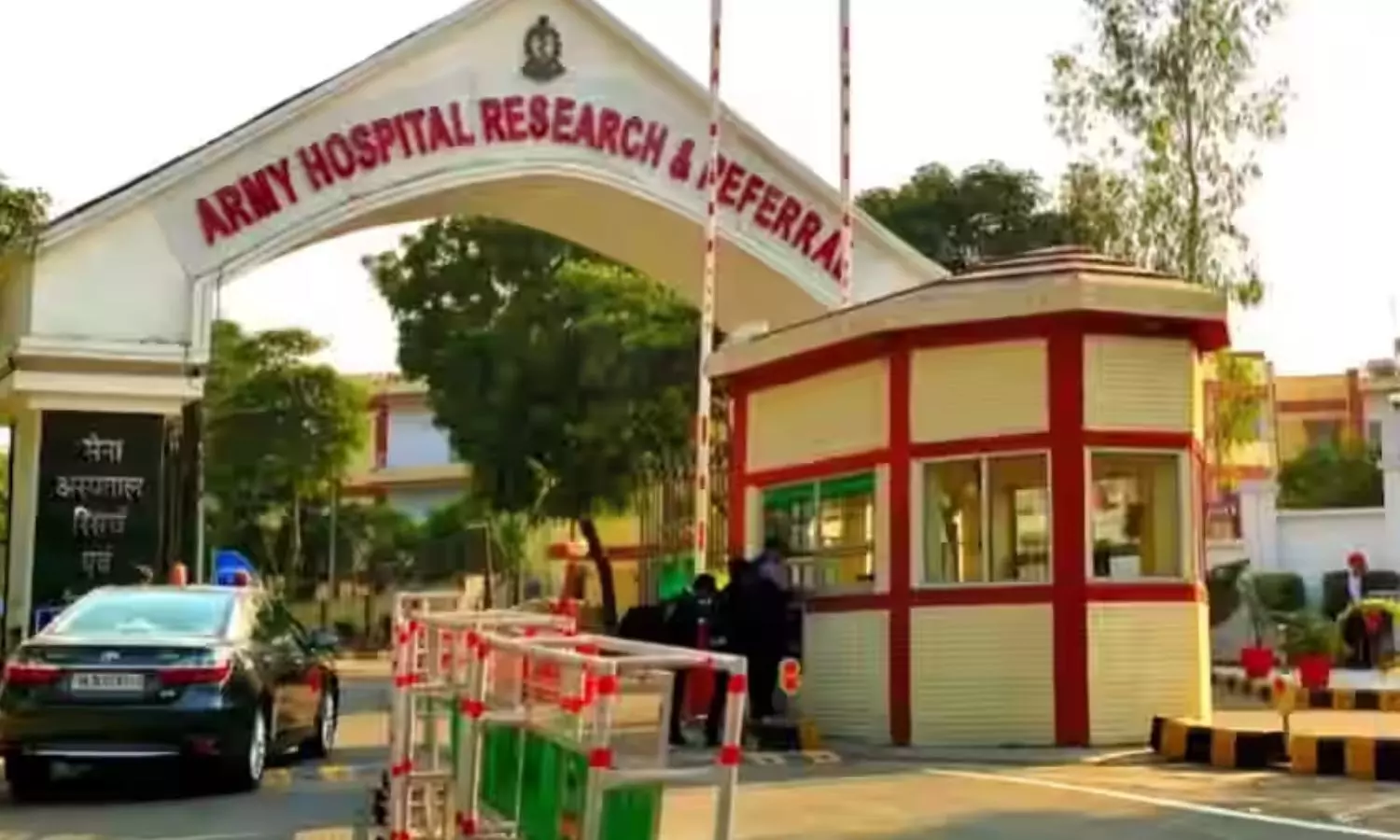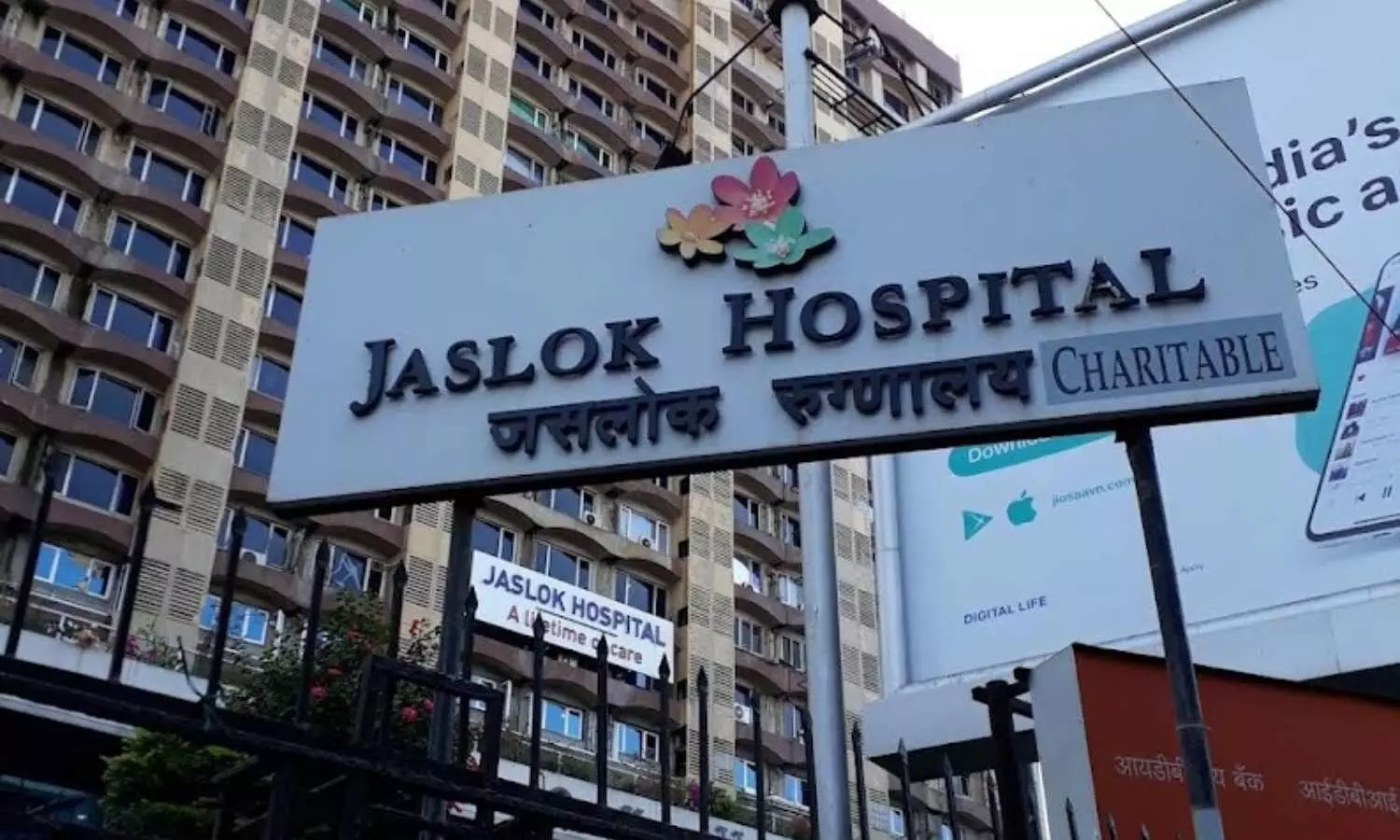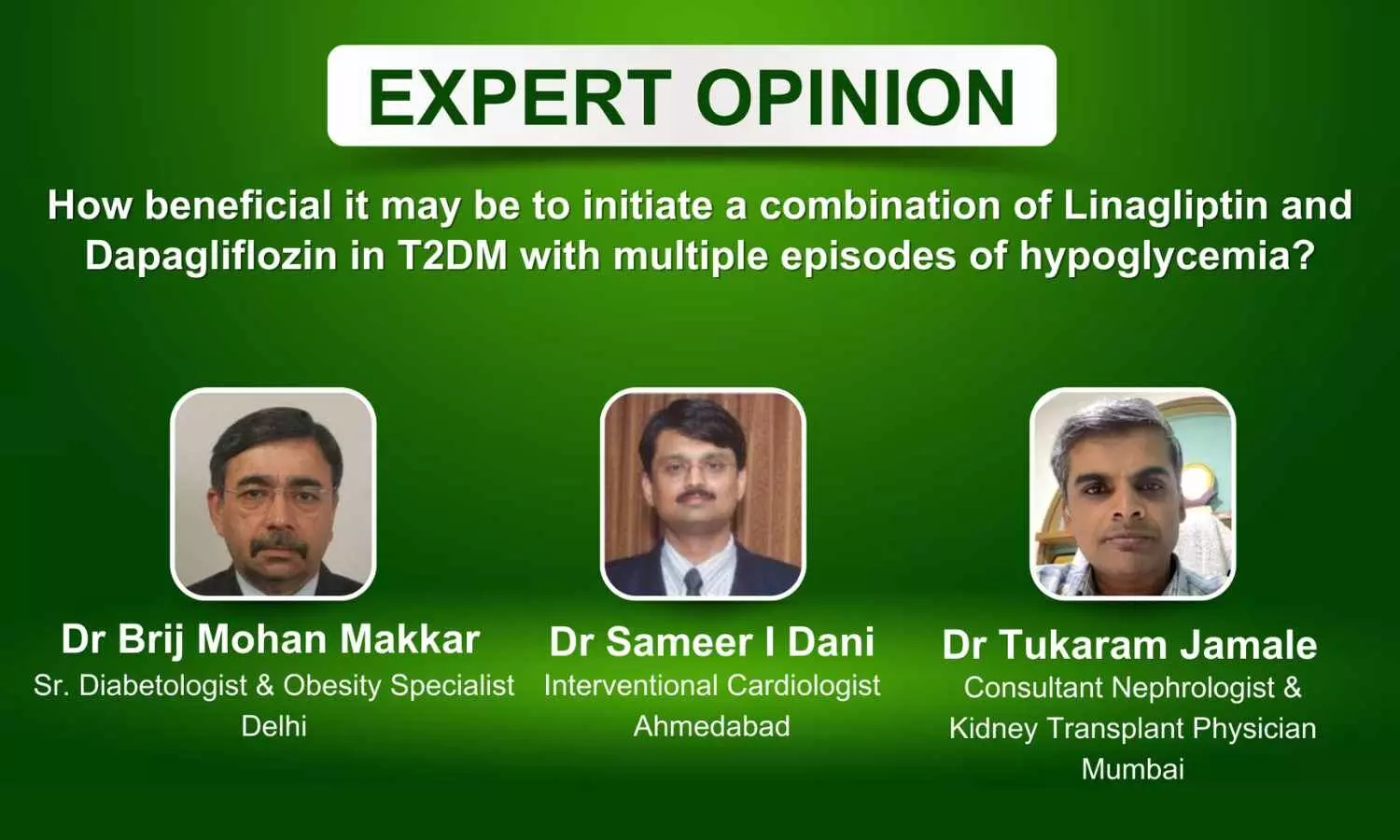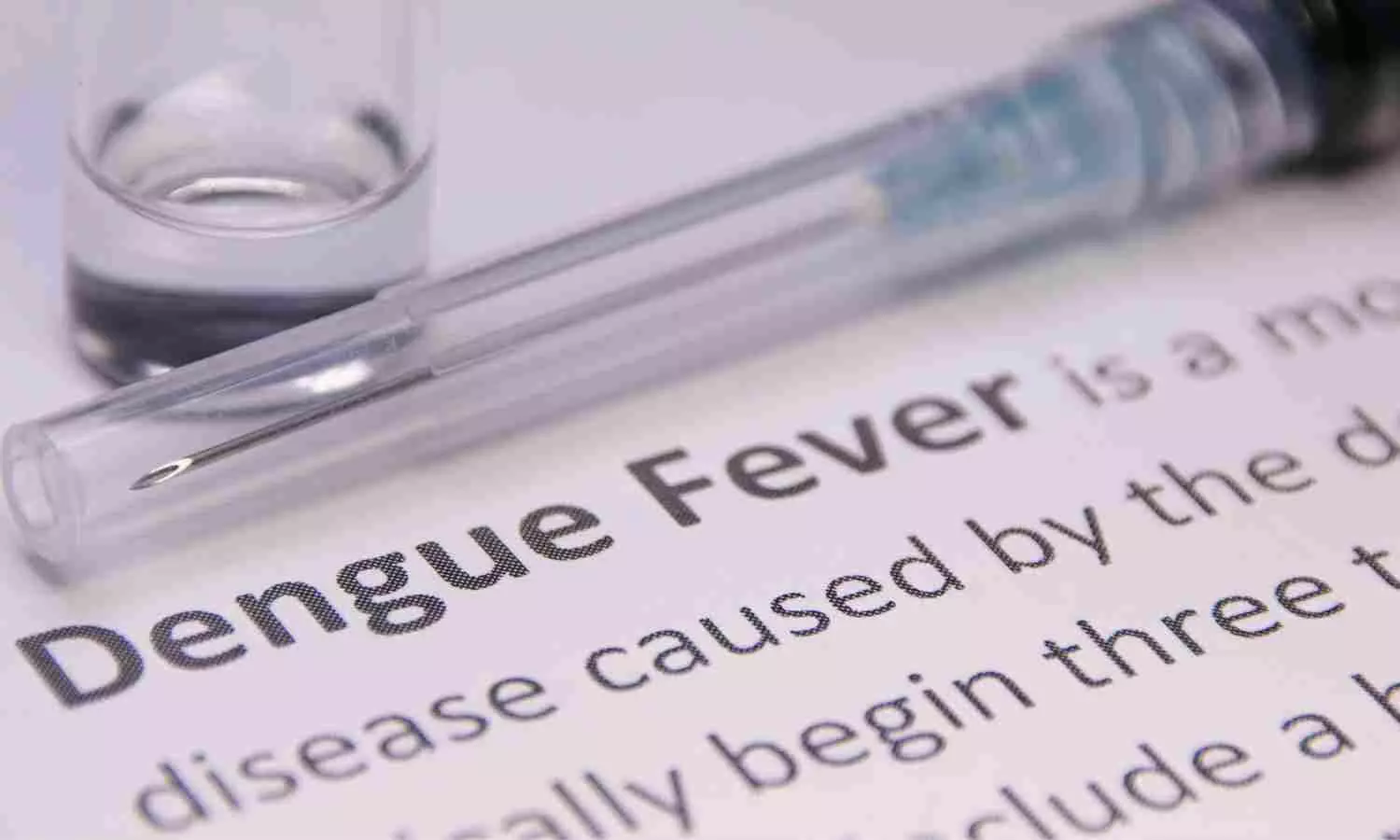Delhi Army Hospital performs high-risk transcatheter lifesaving cardiac procedure on 8-year-old Baramullah boy

New Delhi: An eight-year-old boy from Jammu and Kashmir’s Baramullah has received a new lease of life after undergoing a challenging life-saving cardiac procedure at an Army hospital here, officials said on Tuesday.
The pediatric cardiology team of the Armed Forces Medical Services (AFMS), “In an extraordinary medical achievement, successfully performed a high-risk transcatheter (non-surgical) lifesaving cardiac procedure” at the Army Hospital (Research & Referral) in Delhi Cantonment, the defence ministry said in a statement.
The procedure was performed on “An eight-year-old civilian boy from Baramullah, Jammu and Kashmir, who had a critical narrowing of aorta (blood channel supplying pure blood to all the parts of the body) resulting in compromised blood supply to few vital organs of the body as well as reduced function of heart”.
This complex procedure was done through a small nick in the groin and involved implantation of a large stent, it said.
It was an “extremely life-threatening” complicated procedure. However, it went off uneventfully and the child has been discharged in just three days post-procedure without even a scar on the body, the statement said.
Under ‘Operation Sadbhavna’ in Jammu and Kashmir, the boy was brought to this centre by Indian Army’s Dagger Division, as his family was incapable of affording his treatment, it said.
“With the collaborative efforts of Army Hospital (R&R), New Delhi, Chinaar Corps/Dagger Division, J&K and Indrani Balan Foundation, Pune, the boy will now lead to an absolutely normal life in future,” the ministry said.
The expertise of performing such a complex procedure is available only at few centres in the country, including Army Hospital (R&R) in Delhi, it added.
Medical Dialogues team had earlier reported that in an extraordinary medical achievement, doctors in the Department of Hematology & Stem Cell Transplantation at the Army Hospital R&R in Delhi Cantt. have for the first time successfully conducted a life-saving Bone Marrow Transplant (commonly known as BMT) for a child diagnosed with a rare primary immunodeficiency disorder.
Powered by WPeMatico











